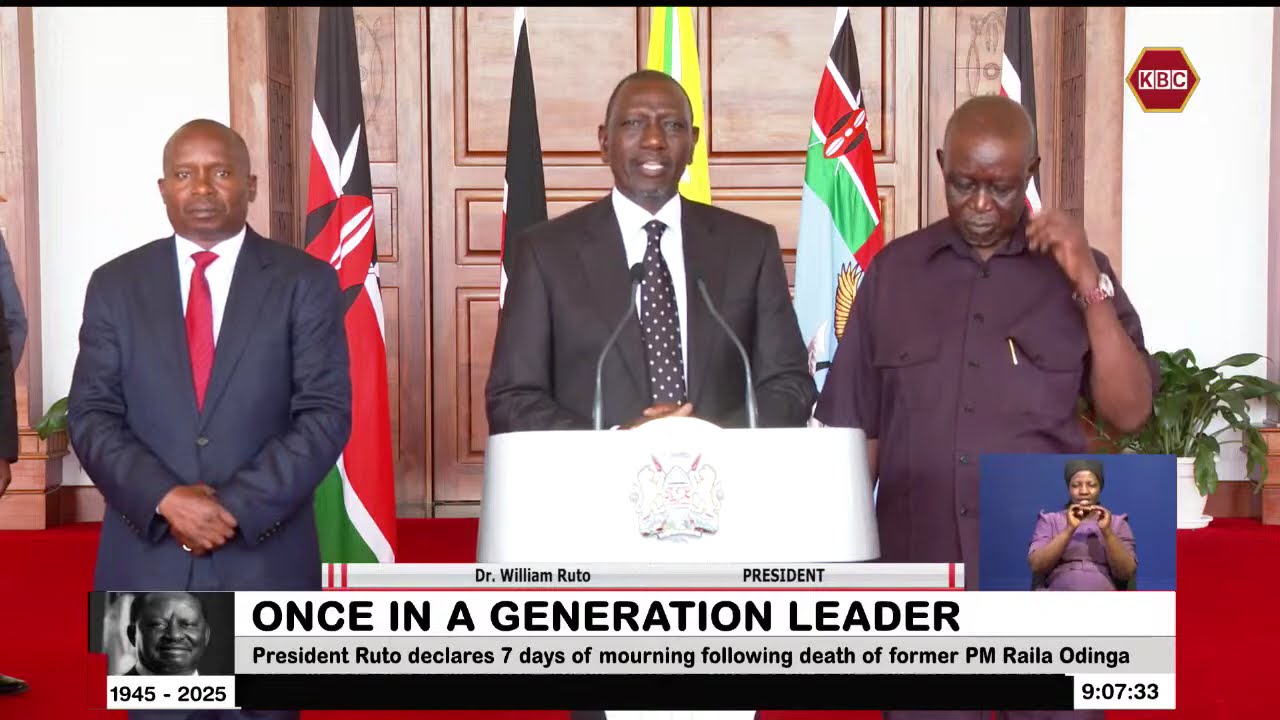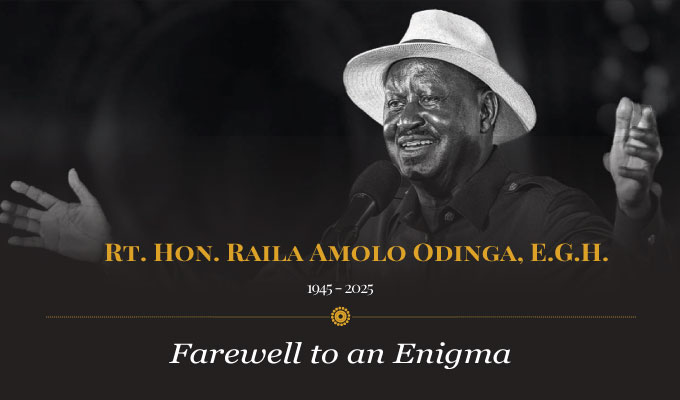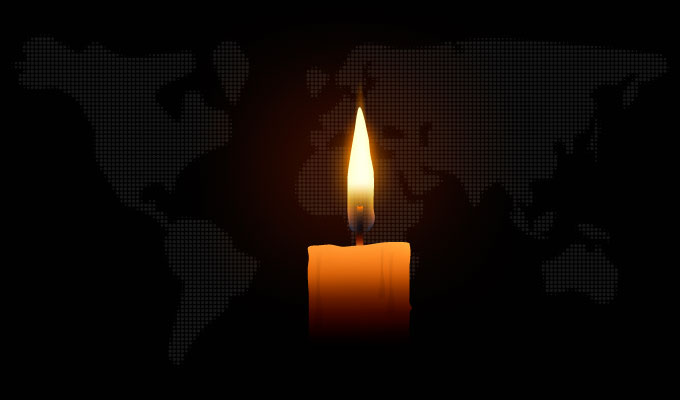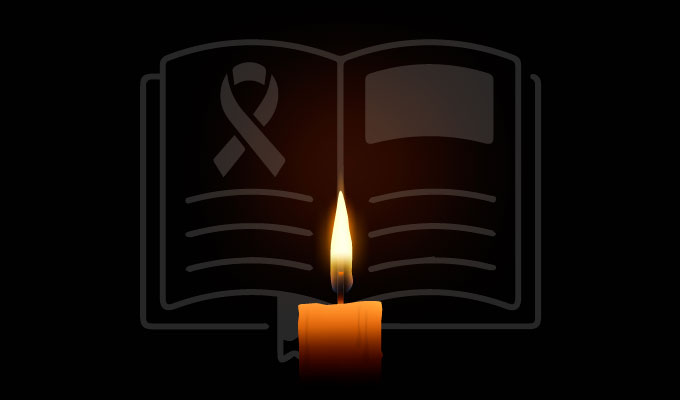Fellow Citizens,
It is with deep sorrow that I inform the nation of the passing on of the Right Honourable Raila Amolo Odinga, our former Prime Minister, Kenya’s foremost statesman and one of Africa’s greatest sons.
Kenya, Africa, and the world mourn the passing of a giant of democracy, a fearless freedom fighter, and a tireless warrior of good governance.





